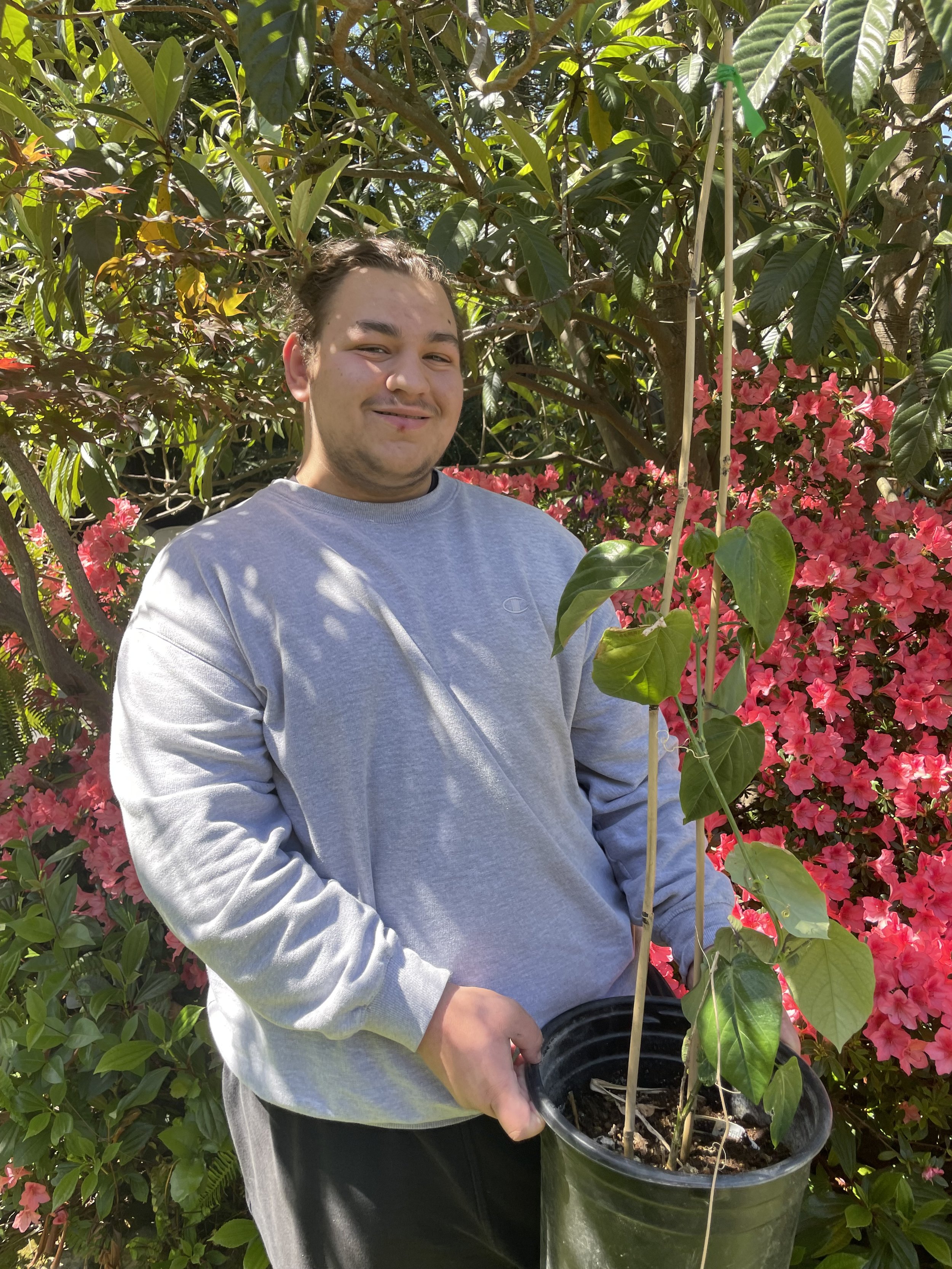
























Making meaningful change, one garden at a time.
The Problem
In 2020: 38.3 million people lived in food-insecure households in the US. Nearly one in three people in the world (2.37 billion) did not have access to adequate food in 2020 – that’s an increase of almost 320 million people in just one year.
The data shows that food insecurity is more likely to wreak havoc on some communities than others.
Black and Hispanic Americans are particularly disproportionately affected. According to USDA data, 19.1% of Black households and 15.6% of Hispanic households experienced food insecurity in 2019. White Americans fell below the national average.
Four billion people — almost two thirds of the world’s population — experience severe water scarcity for at least one month each year. As a result, some 1.1 billion people worldwide lack access to water, and a total of 2.7 billion find water scarce for at least one month of the year.
The world’s population is expected to increase by 2 billion persons in the next 30 years, from 7.7 billion currently to 9.7 billion in 2050 and could peak at nearly 11 billion around 2100. Over the recent years there has been growing interest to increase and strengthen local food production to alleviate the adverse effect of global food shortages and food price fluxuations.
Our Solution
Our goal for this project is to begin to eradicate food insecurity, conserve water, and look to the future to provide enough food for our growing populations. We can begin this endeavor by first starting to teach students how to sprout seeds and then begin planting using a hydroponic gardening system, ultimately then hoping to build a community garden in these areas of need.







